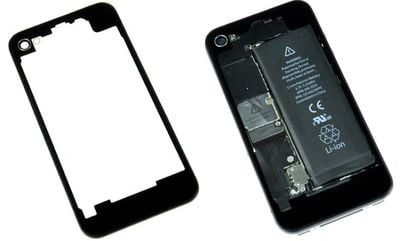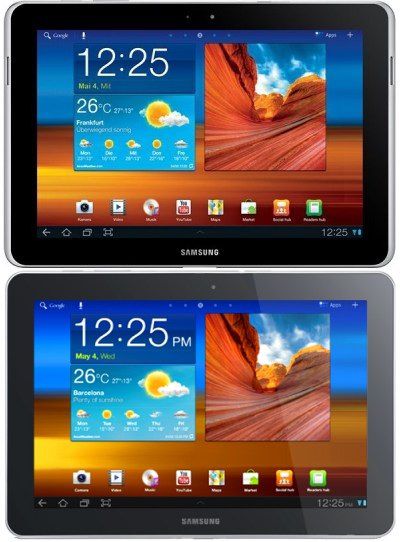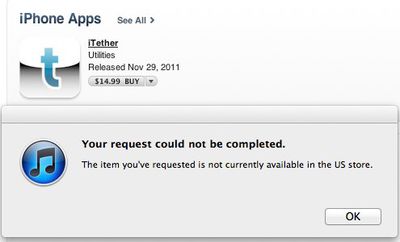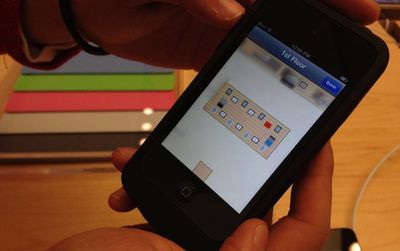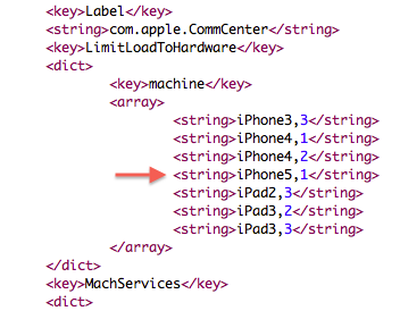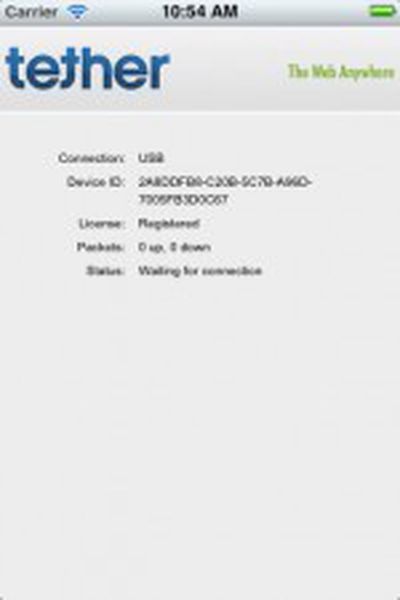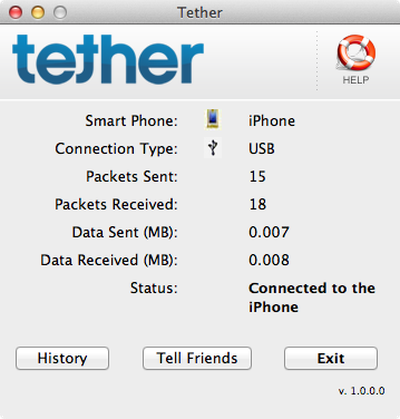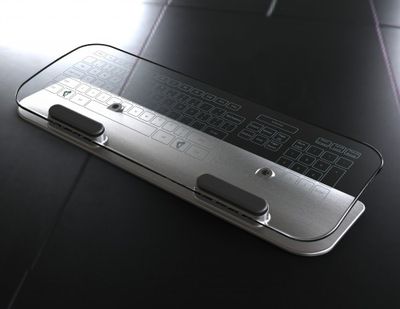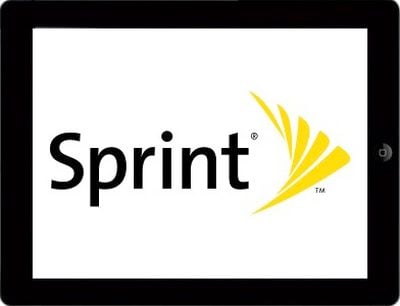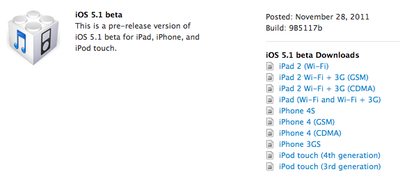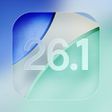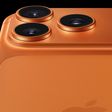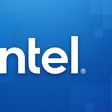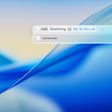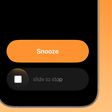![]() The Next Web summarizes several reports from the Brazilian media claiming that Apple is preparing to launch its iTunes Music Store in Brazil and perhaps throughout Latin America on December 8th. While users in many of these countries currently have access to the App Store, they have been unable to purchase music through iTunes.
The Next Web summarizes several reports from the Brazilian media claiming that Apple is preparing to launch its iTunes Music Store in Brazil and perhaps throughout Latin America on December 8th. While users in many of these countries currently have access to the App Store, they have been unable to purchase music through iTunes.
According to the weekly Brazilian magazine Veja, the launch of iTunes Music Store even has a date, being scheduled for December 8th. While it seems very soon, Apple has been getting ready beyond the scenes and already closed deals with Brazilian music labels, Veja said.
...
Veja followed up on its initial piece today, declaring that the Store will launch all across Latin America on the same date, except in Mexico where it is already available.
The report notes that the iTunes Music Store, like the App Store in these countries, will offer pricing in U.S. dollars rather than local currencies, requiring users to hold international credit cards for paid purchases. According to Veja, local currency pricing should arrive for Latin American countries in about six months. The situation is reminiscent of the one in China, where Apple initially required payment in U.S. currency for the App Store but recently began accepting the local renminbi currency.
Apple appears to be taking significant steps to increase its presence in Brazil and the broader Latin American market, working with manufacturing partner Foxconn to launch iPhone and iPad production in Brazil in order to avoid high import taxes that have so far hampered adoption of Apple's products there.
Update: The Associated Press reports that Brazil's major music publishers organization is close to a deal with Apple, setting the stage for an iTunes Store launch by the middle of December.
Executive Director Michaela Couto of the Brazilian Union of Music Publishers tells the O Globo newspaper that negotiations with Apple Inc. are at an "advanced stage" and that iTunes could be launched in Brazil by mid-December.



